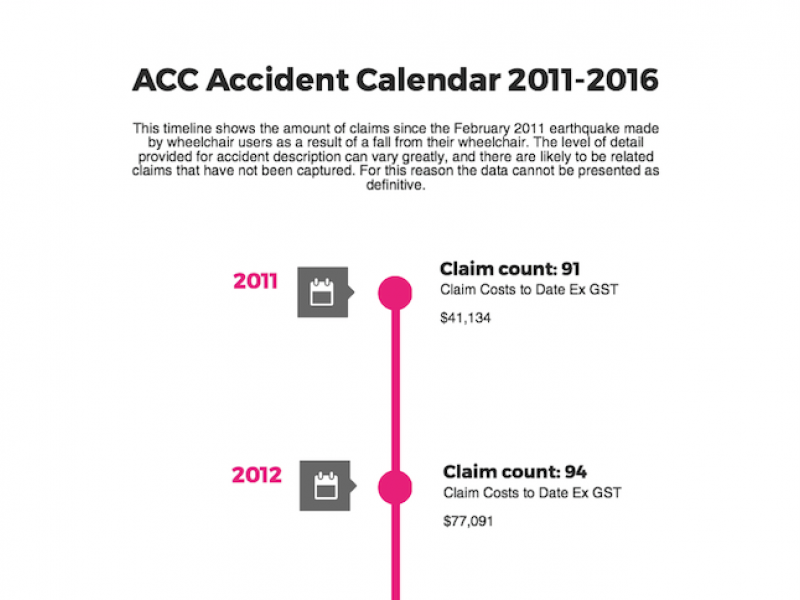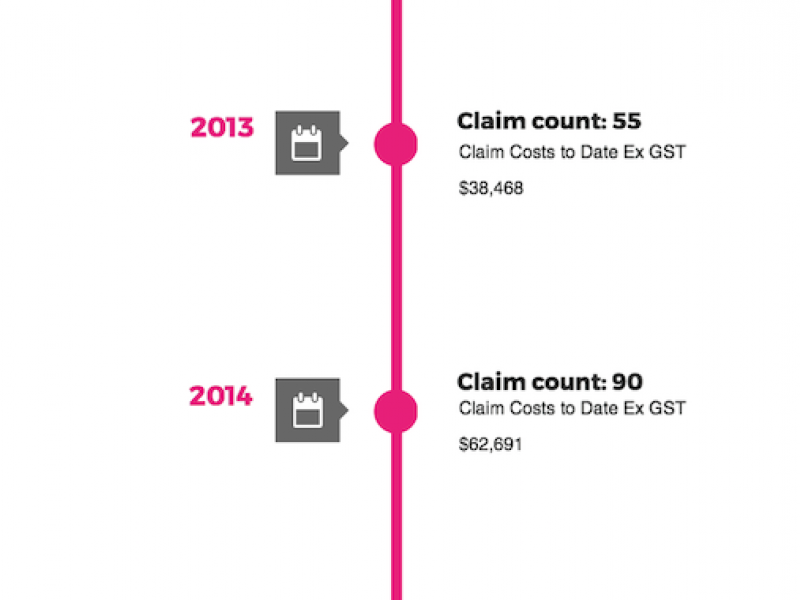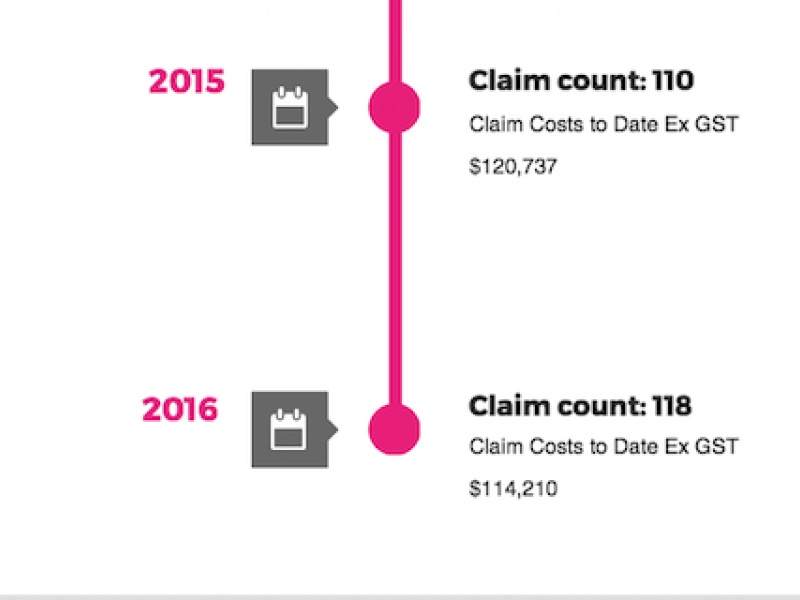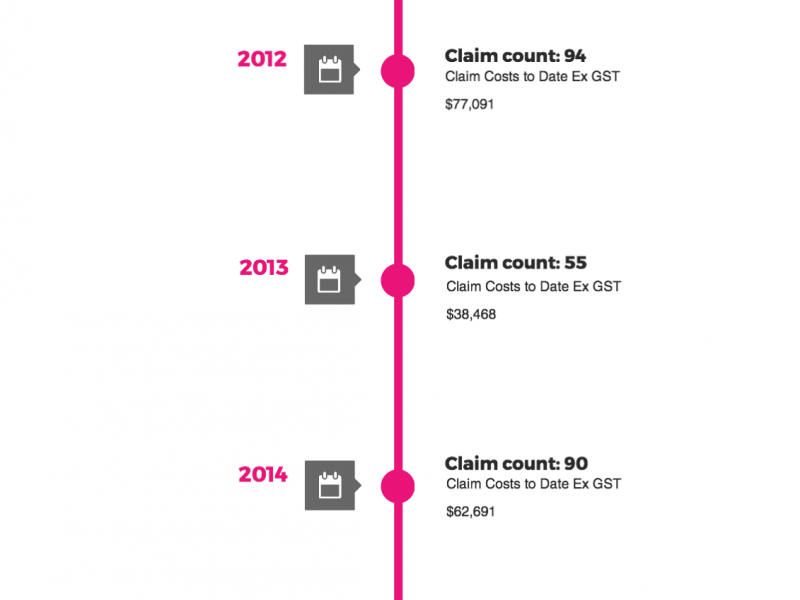Come to Christchurch, our door's always open. Or is it?
Share
February 22, 2011.
The lives of Cantabrians were changed forever.
Our world was rocked beneath our feet.
Rumbles surged from underground while mother nature tore our city apart.
185 precious lives were lost.
Bev Edwards is a survivor.
The earthquake has made our roads cracked and uneven, our footpaths difficult to navigate and our buildings piles of silt.
This makes a day in the life of a wheelchair user a difficult one.
But it’s given Christchurch an opportunity to become an even more accessible city, if we want to.
Wheelchair users like Bev Edwards are fed up with the lack of understanding and knowledge designers have towards wheelchair accessibility.
“I feel really annoyed that they don’t get someone in a wheelchair to help with these designs. There’s a lot of us around that would love to be included in this planning and given the opportunity to help make it a better accessible city but they’re not asking.”
Bev says designs at local pools, the new memorial wall and Burwood Hospital, just to name a few, are not constructed with wheelchair users in mind.
“We can’t just walk out the door somewhere we have to consider our route, consider our plan, work out the best way for the most even ground. And it’s the same with these new builds. There’s accessibility and there’s usability as well.”
By law, public buildings must be accessible to disabled people. But this only applies to new buildings or alterations, so many businesses get around this by avoiding renovations.
Managing Director of Fowler Homes, Ivan Stanicich, says renovating buildings to accommodate for wheelchair users isn’t a difficult process and there’s not a lot of cost involved, but many businesses avoid it.
“They would see the patrons that they would get in a wheelchair being very rare. That’s more a mindset than it is a loophole, it’s a bit sad that people think that way. I’m sure if one of their family members was in a wheelchair they’d want things changed pretty quick.”
Bev Edwards agrees.
“Think about if their mother, father, brother, sister or one of their children were in a wheelchair what would they need, and I think it’s those people who are compassionate.”
“Those who have had their lives touched by someone in a wheelchair or someone that is disabled, then they understand the needs,” Edwards says.
Stanicich says he’d like to see the public think about accessibility more, but some businesses will find it difficult to make provisions.
“The public need to realise cafes don’t have money they can just blow on one single item, they have to be fiscal with how they contribute.”
“It’s tough enough owning a cafe as it is and then you’ve got to spend several thousand dollars to make provisions, it might be a fiscal decision that you can’t do it. And that’s a bit tough, putting their business at risk,” Stanicich says.
But what about the new buildings? Metro News put the new BNZ Centre in the Christchurch CBD to the test.



By law, Sheppard and Rout Architects who developed the BNZ Centre have adhered to the Building Act 1991 in a lot of their designs, but still lack simple fundamental features that would make the building more accessible for wheelchair users.
Bev Edwards’ wants people like herself to have a stronger presence in the design of new buildings.
“I’d like more inclusion by myself, by other wheelchair users. I’d like to be able to see more mock ups and make comments and make sure that doorways are the right width.”
Metro News approached Ōtākaro to ask what’s being done about this. We received this response from an Ōtākaro Limited spokesperson:
“Ōtākaro Limited has worked with the Barrier Free Trust and the Earthquake Disability Leadership group to ensure the Anchor Projects are appropriately accessible. All of the projects are subject to independent accessibility audits.”
“Construction on and around existing roads and pavements always creates accessibility challenges for all users with work areas constantly changing and fences and frequently moving.”
But Ōtākaro only has two anchor projects left- the Metro Sports Facility and Convention Centre- after that, the company will shut up shop. So the responsibility now falls back on the Christchurch City Council to ensure the continuity of wheelchair accessibility in the cities rebuild.
The Council’s Transport Operations Manager Aaron Haymes says the Council are still learning and New Zealand as a whole have a lot to work on, but they’ve recognised the opportunity that’s in front of them.
“I’ve seen a lot of what we do in this country and personally i think as a nation we don’t do very well getting accessibility right, there’s a lot of room for improvement.”
“In particular in Christchurch, we’ve got a great opportunity, not quite a clean slate but certainly not far from that and a lot of opportunities to make Christchurch one of the best cities in New Zealand for not only people with disabilities but all people to get around.”
But the state of some buildings aren't good enough. The Council recognises this, and they’re taking action to become a more accessible city.

“I think we’re doing a pretty good job. Could we have done better? Yes. But has anyone ever done this before? So we don’t have a playbook to work by.”
“We’re learning as we go and it’s easy to look back and say we could’ve done that a bit better or that wasn’t quite good enough. I think we’re getting better and better at what we do all the time, and I think people have got a lot to look forward to,” Haymes says.
The Christchurch City Council is looking at being part of the Canterbury Accessibility Charter that many businesses are subscribing to in order to create a more accessible Christchurch.
The Charter aims to ensure all areas are universally accessible, and has an expectation that all designs are best practice, and where possible, construction and design goes beyond the minimum expectations of the building code.
“It’s a really good opportunity to make sure we’re getting it right every time,” Haymes says.
Haymes explains there are already some processes in place where they engage with people with disabilities and accessibility advocacy groups and specialists who understand accessibility.
He says it’s a really good idea for wheelchair users to join in with one of those groups so they can be a part of providing a balanced view in the design process.
The Council have made it clear they are open to feedback and want to hear from those who aren’t happy. Haymes says the Council have owned up to their mistakes, and the rebuild will only get better from here.
“What I’d like to say that as an organisation we really do care about people with disabilities, we know we have a big role to play.”
“It’s a lengthy process because there was so much damage, it takes time to recover and it’s still not great, but we’re getting better all the time and I’d say be patient and look forward to what the city will be like in the future because it is going to be great.”
Share
